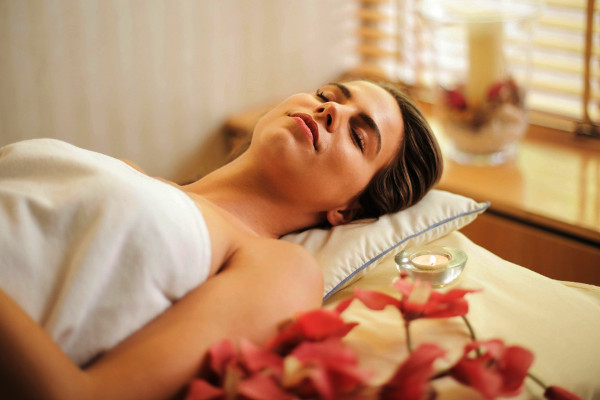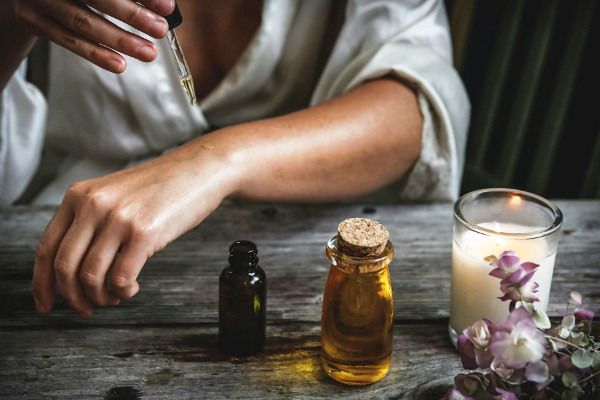35 Effective Relaxation Techniques for Stress Relief, Reducing Anxiety and Improve Mental Health
Relaxation techniques are powerful tools for reducing stress, improving focus, and enhancing overall well-being. Whether you're looking to manage anxiety, recover from trauma, or simply unwind after a long day, these 35 methods provide a variety of approaches to help you achieve a calmer, more centered mind. From breathing exercises to mindful movement practices, each technique offers unique benefits for both body and mind, allowing you to find what works best for your personal needs and lifestyle.
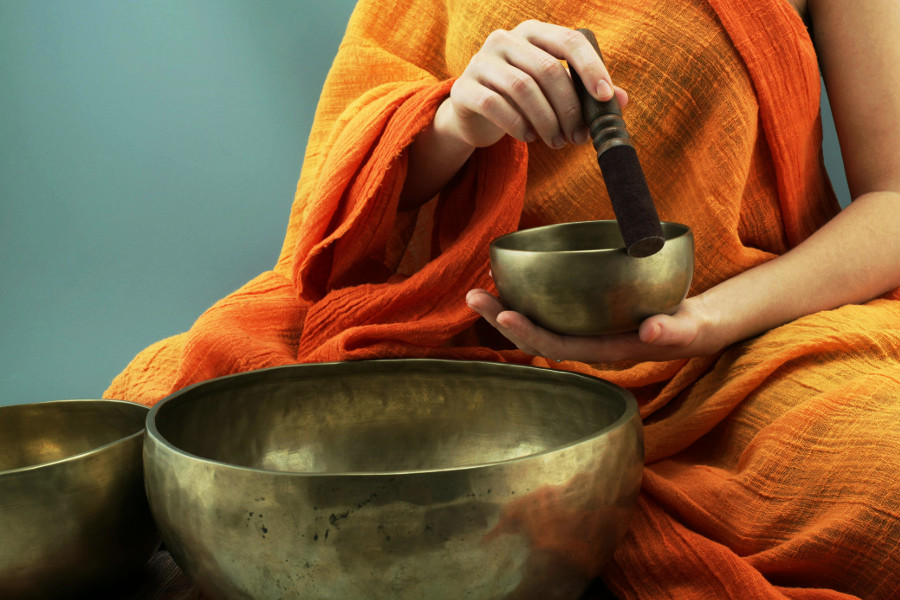
1. Deep Breathing (Diaphragmatic Breathing)
Helps lower stress and anxiety, calm down the nervous system, and improve focus.
2. Progressive Muscle Relaxation (PMR)
Involves tensing and then relaxing muscle groups to release physical tension, which can be especially helpful for trauma recovery and stress relief.
3. Mindfulness Meditation
Focuses on staying in the present moment without judgment. Excellent for overcoming anxiety, PTSD symptoms, and becoming more self-reflective.
4. Guided Imagery
Involves visualizing calming scenes or environments to reduce anxiety and stress. Great for enhancing creativity and focus as well.
5. Body Scan Meditation
A method of focusing on each body part from head to toe, which can help lower stress and foster self-awareness, often used for trauma recovery.
6. Yoga (Especially Restorative or Yin Yoga)
Combines movement, breath, and meditation. Reduces stress, anxiety, and trauma symptoms while improving focus and creativity.
7. Tai Chi or Qigong
Slow, gentle movement practices that help release stress and trauma symptoms while fostering mindfulness and mental clarity.
8. Journaling
Writing down thoughts and emotions can help with self-reflection, overcoming anxiety, processing trauma, and enhancing creativity.
9. Gratitude Practice
Regularly noting things you're grateful for to shift your focus from anxiety to appreciation, improving mental well-being and focus.
10. Visualization for Calmness
Using mental imagery to imagine a peaceful or soothing environment, which can help calm the nervous system and enhance creativity.
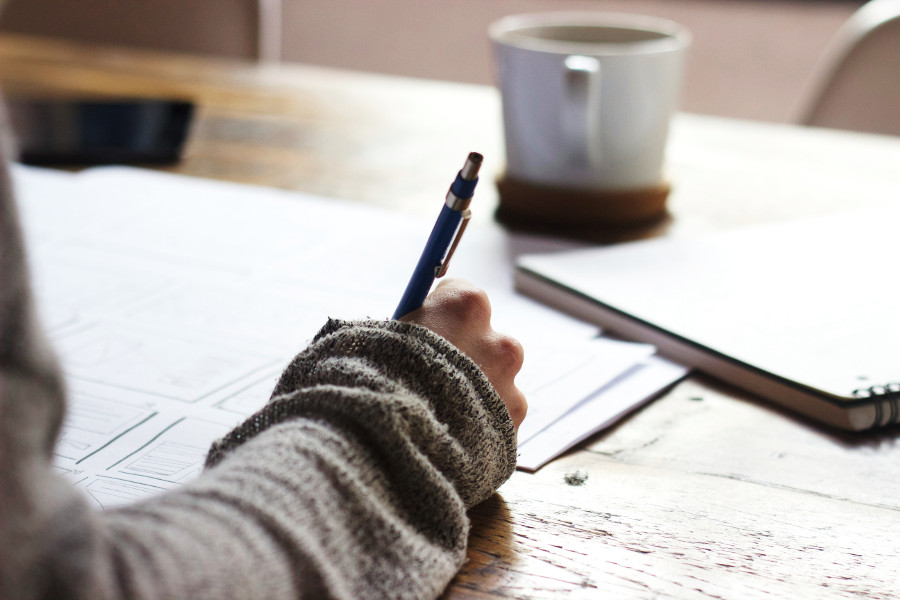
11. Breathwork (Box Breathing, 4-7-8)
Structured breathing patterns that can calm the nervous system, help focus, and decrease anxiety.
12. Aromatherapy and Scented Rituals
Using calming scents like lavender, chamomile, or sandalwood through essential oils, candles, or incense to trigger a relaxation response and lower stress levels. Scents can also aid focus, creativity, and trauma healing by creating a soothing atmosphere.
13. Music Therapy
Listening to calming or uplifting music to lower anxiety, improve focus, or boost creativity.
14. Nature Walks (Forest Bathing)
Walking in nature, especially forests, to lower stress, overcome anxiety, and foster relaxation and creativity.
15. Laughter Therapy
Encouraging laughter, even forced, can reduce stress and improve mood, making it helpful for trauma recovery and self-reflection.
16. Self-Hypnosis
Using deep relaxation and focused concentration to reframe negative thoughts, reduce stress, and work on trauma healing.
17. Cold Water Exposure (Cold Showers or Ice Baths)
Helps reset the nervous system, improves mental clarity, and can lower stress levels over time.
18. Tapping (Emotional Freedom Technique – EFT)
Tapping on specific meridian points while focusing on emotional triggers to release anxiety and trauma symptoms.
19. Loving Kindness Meditation (Metta)
Cultivating feelings of compassion and goodwill towards oneself and others, which can help with self-reflection and trauma recovery.
20. Candle Gazing (Trataka Meditation)
Focusing on the flame of a candle to help improve concentration, clear the mind, and reduce anxiety.
21. Biofeedback
Using devices to monitor physiological responses (e.g., heart rate, skin temperature) to help regulate the nervous system and manage stress.
22. Affirmations and Positive Self-Talk
Using positive statements to counteract negative thought patterns, boost self-esteem, and reduce anxiety.
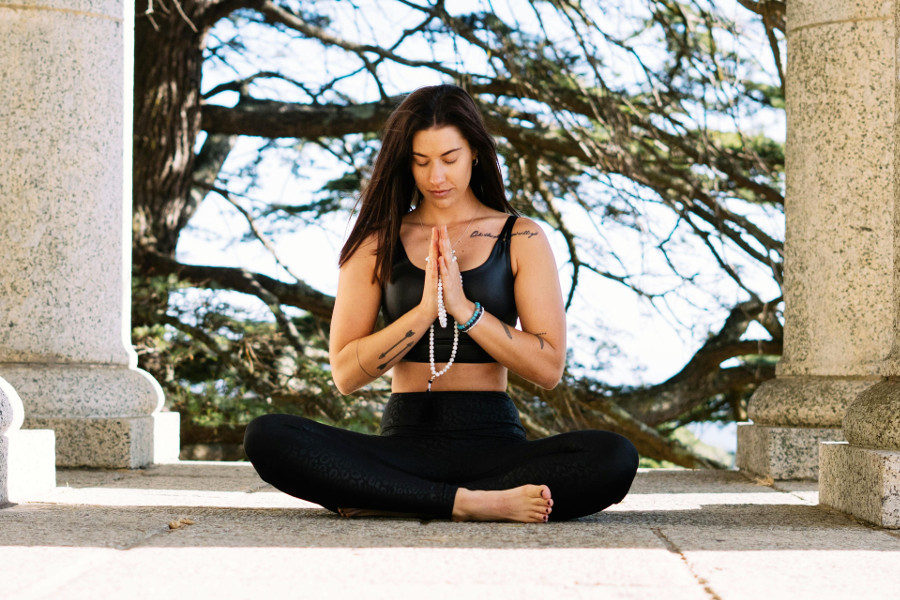
23. Creative Writing or Freewriting
Writing freely without worrying about structure to unlock creativity, relieve anxiety, and express complex emotions.
24. Art Therapy
Engaging in creative visual expression (e.g., drawing, painting) as a form of self-reflection and stress relief.
25. Spontaneous Movement or Dance
Moving the body freely, without judgment, to release built-up tension, increase creativity, and improve emotional flow.
26. Progressive Relaxation with Visualization
Combining body relaxation with calming imagery to fully unwind and counteract trauma symptoms.
27. Chanting or Mantra Meditation
Repeating calming words or phrases can focus the mind, reduce anxiety, and promote inner peace.
28. Foot Soak or Hand Massage
Focusing on your body through touch to promote relaxation and reduce anxiety, as well as fostering presence and awareness.
29. Cognitive Behavioral Techniques (CBT)
While not traditionally seen as a “relaxation” technique, CBT tools like reframing and cognitive restructuring can help manage anxiety, depression, and trauma symptoms by changing thought patterns.
30. Grounding Techniques
Techniques like the 5-4-3-2-1 method (identifying 5 things you see, 4 you can touch, etc.) or using your senses to bring your awareness to the present moment. Grounding can help you feel more in control, alleviate dissociation, and reduce anxiety or trauma symptoms.
31. Somatic Exercises
Physical movements that help release stored trauma and tension from the body. Techniques like shaking, body awareness exercises, and breath-focused movements can activate the parasympathetic nervous system, fostering relaxation and healing.
32. Vagus Nerve Exercises
Techniques to stimulate the vagus nerve, such as deep breathing, humming, gargling, or cold exposure, which can activate the parasympathetic nervous system, reducing stress and improving emotional regulation.
33. Binaural Beats
Listening to audio tracks that use different frequencies in each ear to promote brainwave synchronization. Binaural beats can reduce anxiety, improve focus, and stimulate creativity by influencing your brain’s frequency patterns.
34. Sound Bowl Meditation
Using Tibetan singing bowls or crystal bowls to produce sound frequencies that promote relaxation, reduce stress, and activate deep healing processes. These vibrations can help ground you, soothe trauma symptoms, and enhance focus.
35. Trauma Therapies
If you suffer from trauma, be it PTSD, compex trauma (cPTSD), childhood trauma or something else, a relaxation technique may ease your symptoms but it won't help with the root cause. In that case you need to visit a therapist who specializes in trauma. With a trained specialist you can learn more advanced techniques in the form of a new therapy, such as EMDR, IFS, DBT, Schema therapy, ACT or NARM. Please don't hesitate to seek out help and to learn more about your condition from books or video material.
Conclusion:
Incorporating relaxation techniques into your daily routine can have a profound impact on your mental and physical health. By exploring different methods, you can discover what resonates with you and build a practice that helps manage stress, anxiety, and trauma. Consistent use of these techniques fosters emotional resilience, enhances creativity, and promotes a sense of inner peace. Prioritize your well-being today and start reaping the rewards of a more relaxed, balanced life.


